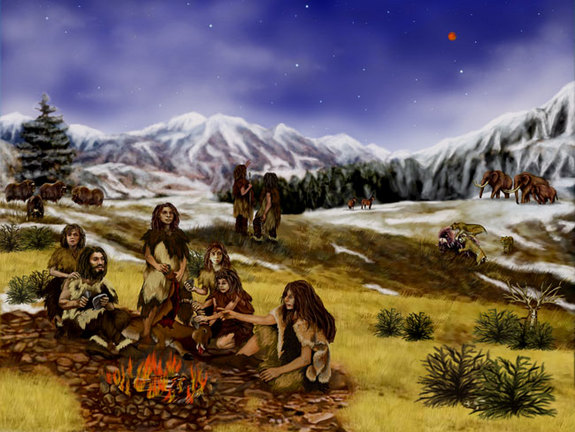This is Scientific American — 60-Second Science. I'm Christopher Intagliata.
Fifty thousand years ago, Homo sapiens weren't the only game in town. We were just one of several species of hominids roaming the Earth, like the Neandertals in Eurasia. And when our sapiens ancestors came in contact with them, they sometimes hooked up. Which means many people today of Eurasian descent still carry copies of Neandertal genes. But what do those genes do?
Researchers tried to answer that question by examining the modern human genome. And they found that, on average, Neandertal versions of genes are not active as much as their modern human counterparts in the brain—and the testicles. Meaning Neandertal variants have less influence there. Possibly, researchers say, because those tissues underwent significant changes since what became modern humans and Neandertals diverged 700,000 years ago.

"Really, our results show that Neandertal sequences that are present in modern humans aren't just silent remnants of hybridization that occurred 50,000 years ago, but they really have widespread measurable impacts on gene expression to this day." Rajiv McCoy, an evolutionary geneticist at the University of Washington. In other words, genes we got from Neandertals play roles in the activation of various other of our genes, leading to the production of different kinds of proteins.
The study is in the journal Cell.
It also turns out that, for one gene in particular, if you carry the Neandertal mutation, "you have slightly lower risk of schizophrenia. And you also have slightly increased height on average."
The Neandertals left their mark on lots of modern human traits, in addition to schizophrenia and height. But McCoy says, keep in mind: "These are complex traits. And they're controlled by thousands of different genes, and we're measuring statistically significant effects." Neandertals are long gone—but some of their genes live on.
Thanks for listening for Scientific American — 60-Second Science Science. I'm Christopher Intagliata.













